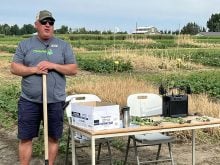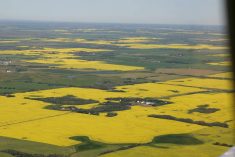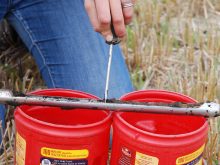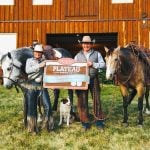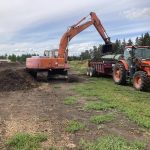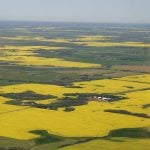The Saskatchewan government plans to include a capital investment component in its rural economic strategy.
Details of the Farm Family Opportunities Initiative, announced last spring, are expected to be unveiled later this fall.
But Clay Serby, minister in charge of rural revitalization, said it must include a way for farmers to access investment dollars.
“In order to make a difference in rural Saskatchewan there will need to be access to and commitment for capital investment,” Serby said.
That message came through loud and clear during consultations undertaken by the provincial Action Committee on the Rural Economy.
Read Also

AI expected to make itself felt in food systems
Artificial intelligence is already transforming the food we eat, how farmers produce it and how it reaches the consumer, experts say
The 45-member committee recommended last January that the province establish funds to enable various types of investment in farm-related and value-added business.
It also called on the province to investigate an adjustment-transition rural development fund. In the March budget, the government allocated $6 million to the opportunities initiative, which it billed as an adaptation program to help farmers establish alternative operations or retrain for other occupations.
Critics said farmers couldn’t make changes without access to capital.
Serby said last week the government is “in the final stages of sorting out the roll-out” of the initiative but declined to provide more details.
Meanwhile, ACRE has completed its consultations and is expected to hold a series of public meetings this winter. The committee came under criticism recently for spending money on another round of meetings to discuss what it learned in previous meetings.
The chair earns $235 per meeting day and members receive $155. Their expenses are also covered.
Officials said the committee is on budget. The government allocated $200,000 per year for four years.
However, the committee will complete its work in 18 months and will submit a final report in March.
Most of its $800,000 budget will be spent by that time, with some left over for monitoring.
Serby said ACRE’s value outweighs its cost because it is making recommendations for both the short and long term.






